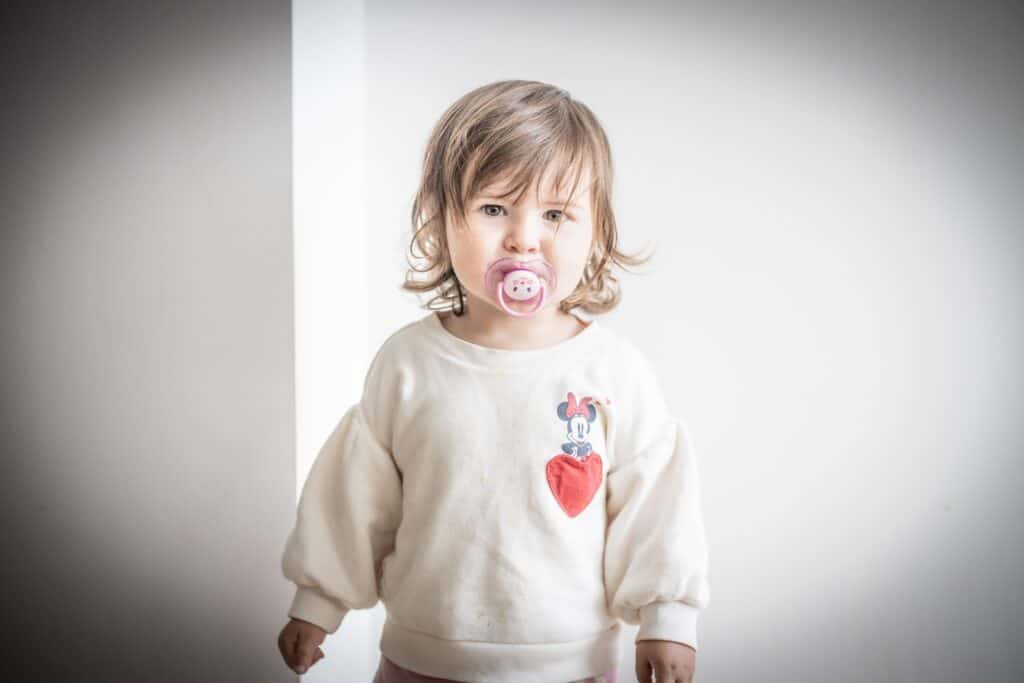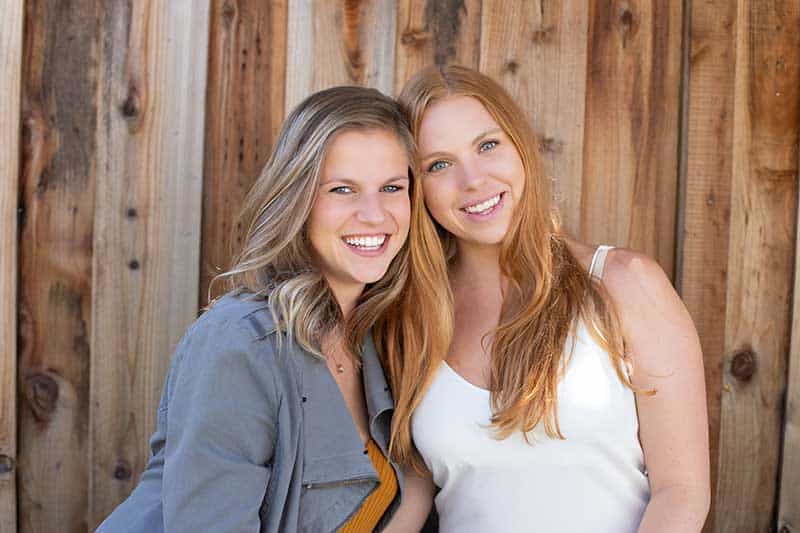Pacifier 411

Pacifiers are one of the most common tools that parents with newborns use and it’s no wonder why! Babies have a natural instinct to suck, in fact, many babies even suck their thumb in the womb. The sucking reflex is one of the first skills that babies learn. Today we are here to talk about the pros and cons of a pacifier, let’s dive into pacifier 411!

Pacifier benefits
There are many benefits of using a pacifier for both parents and babies, especially during the first six months of a baby’s life. A newborn’s instinct to suck is there from the day they are born. Because these sucking reflexes are so strong, a pacifier can be greatly beneficial at soothing and calming an upset baby. Studies have also found that pacifiers can help to slow a baby’s pulse. It is also no secret that a pacifier can help tremendously with sleep and self-soothing. A pacifier can be a wonderful tool to help elongate nighttime sleep windows.
Research shows a large reduction in the risk for SIDS (sudden infant death) for babies who are given a pacifier. Suggestion: say what SIDS stands for and briefly explain what it is the first time you use SIDS, okay to just say SIDS later on. Studies have shown that pacifiers may reduce SIDS anywhere from 15– 30%.
Pacifier risks
While pacifiers have many benefits, there are also some risks or considerations when deciding if you will use a pacifier with your baby. The most common worry is nipple confusion, especially for breastfeeding parents. However, there is little evidence to show that pacifiers disrupt the breastfeeding relationship. Typically your baby will be able to decipher between a pacifier and a nipple, we do recommend checking with your lactation consultant if this is a worry. Another concern is if babies can determine when they are hungry while sucking on a pacifier. If this is a concern and you’d like to use a pacifier, try tracking your baby’s eating schedule.
There is an increased risk for ear infections after six months of age for babies who are given pacifiers. Consider reducing the time that your child has their pacifier to four to six hours a day at the age of six months, as this will reduce this risk. Also, for kids who still have their pacifier after 18 months, there is a risk for orthodontic and dental problems.
Our favorite pacifiers
There are so many different pacifier brands out there today. Here are a few of our favorites!
Philips Avent Soothie Pacifier
This is a great pacifier for newborns and a commonly loved one by parents and doulas.It is also the most commonly used pacifier in hospitals.
Medela Baby Soft Silicone Pacifier
The Medela Baby soft silicone is thought to be a great choice for breastfeeding babies.
NUK Orthodontic Pacifier
The NUK orthodontic pacifier is also a common favorite. This pacifier is used to help prevent orthodontic troubles that pacifiers may bring later on.
There are many different opinions about pacifier use out there. We recommend that you talk with your pediatrician to help figure out if a pacifier is a good tool for your family. It is our hope you can use this blog as a useful tool while deciding what works best for you.Thank you for reading this week’s blog “Pacifier 411.” For more helpful tips on all things pregnancy, birth, postpartum, and parenthood check out our other weeks blogs.

